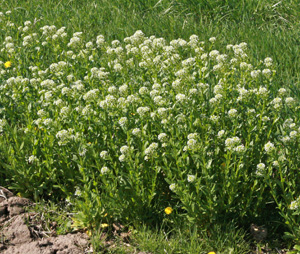
Field pennycress is a common Eurasian weed that occurs throughout North America. The species Thlapsi arvense, in the mustard family (Brassicaceae) is a summer or winter annual that grows 1 to 2 feet tall. It is a common agricultural weed that prefers cultivated areas, rarely invading undisturbed natural habitats. It is commonly found along roadsides, in waste areas, cropland, weedy meadows or pastures, and gardens with full sun and moderate moisture, particularly on loam and clay soils.
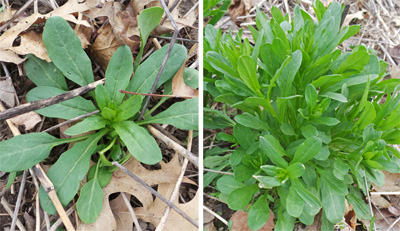
Seeds germinate in the fall, producing non-distinctive seedlings with oval to oblong cotyledons on long petioles. These grow to produce a rosette of leaves up to 6” across that overwinter and resume growth in the spring. The medium green leaves are elongate with long petioles, a distinct whitish midline when young, and may have slightly wavy margins. Seeds can also germinate in the spring or summer but those plants generally do not form a basal rosette, only developing blooming stems. The plants have a shallow root system with a central tapoot surrounded by many smaller fibrous roots.
In late spring, overwintered plants produce an erect central flowering stem and several side stems. These smooth stems are ribbed and some develop wings or flanges along the ribs. The leaves on the flowering stems are alternate, elongate (lanceolate, oblanceolate or narrow ovate), and have toothed margins. The lower leaves may have a short petiole but the middle and upper leaves do not, instead clasping the stem with a pair of ear-like lobes that go around the stem. As the plants begin to flower, the basal leaves begin to senesce. Each stem ends in a dense, erect raceme with numerous tiny flowers that bloom from the top down. The inflorescence is compact at first, but as it matures it lengthens up to 8 inches long.
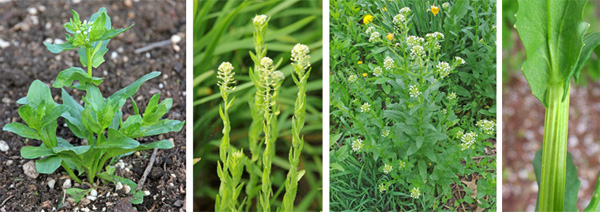
Each white flower is about 1/8” across when open, with the 4 petals characteristic of the mustard family, 4 green sepals, and 6 stamens (4 long and 2 short) with yellow anthers, all held away from the flower stem on a slender pedicel up to ½ inch long. Plants bloom primarily from late spring through mid-summer, though summer-germinated plants may bloom later. The flowers are attractive to flies and small bees.

The flowers are followed by relatively large (up to ½ inch long when mature), flattened, oval seedpods (a silicle), each up to ½ inch long with 2 cells, each containing 3 to 8 seeds that usually mature within a week of flowering. The edge of each seedpod has a broad membranous wing with a small notch at the apex. The silicles remain green for a while but eventually turn yellowish or greenish-orange at maturity.

Together these numerous seed pods on the erect stems give the mature plant a “bottle brush” appearance, and some people even use them (or the flowering stems) for their ornamental value in fresh and dried flower arrangements.
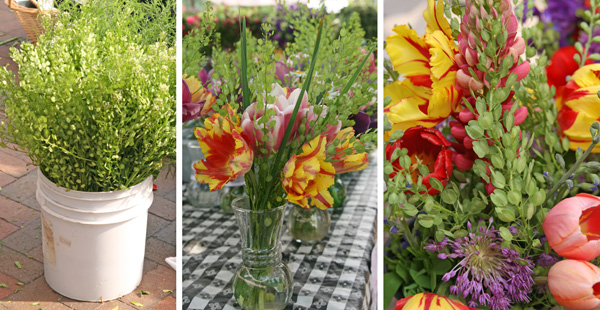
Each dark brown to black seed is oval-shaped with one rounded end and one more pointed end, and has fine, curved ridges resembling a fingerprint pattern. Each plant can produce 1,000-15,000+ seeds that will remain viable in the soil for at least 5 years and up to 20 years under ideal conditions. Seeds are shed over several weeks, with the seedpods shattering readily when mature. The seeds contain a glucocide that is poisonous to animals, tainting the milk of cows that eat it and the meat from animals that have fed on it.
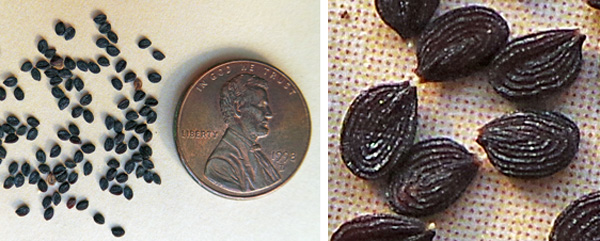
This plant is sometimes cultivated as a food crop in Europe. There has been some research done on the potential of field pennycress as a biofuel.
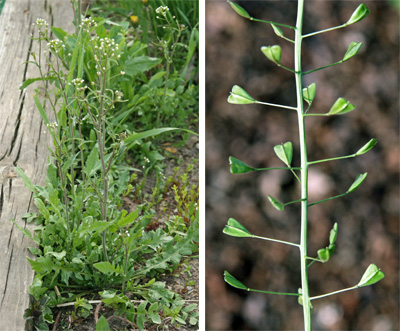
Shepherd’s purse (Capsella bursa-pastoris) is sometimes confused with field pennycress but shepherd’s purse has triangular pods and the foliage has no odor, and is generally a smaller and less dense plant.
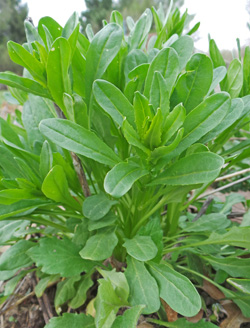
This annual weed is easily controlled in gardens by hand pulling before it goes to flower. Overwintered plants start growing early in the spring, producing lots of green foliage before most other annuals have even germinated.
– Susan Mahr, University of Wisconsin – Madison
Ask Your Gardening Question
If you’re unable to find the information you need, please submit your gardening question here:





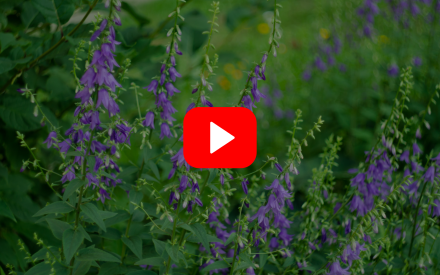 ▶ Watch: Biology and Management of Canada Thistle, Bishop's Goutweed, and Creeping Bellflower
▶ Watch: Biology and Management of Canada Thistle, Bishop's Goutweed, and Creeping Bellflower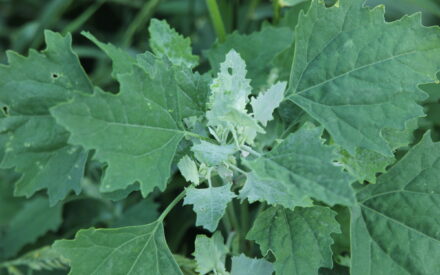 Common Weed Seedlings of the North Central States
Common Weed Seedlings of the North Central States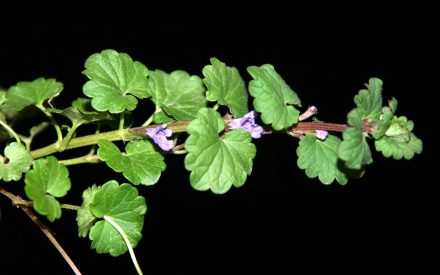 Creeping Charlie, Gleochoma hederaceae
Creeping Charlie, Gleochoma hederaceae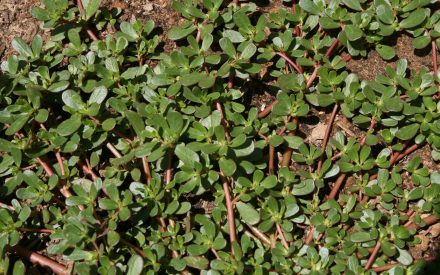 Common Purslane, Portulaca oleracea
Common Purslane, Portulaca oleracea


